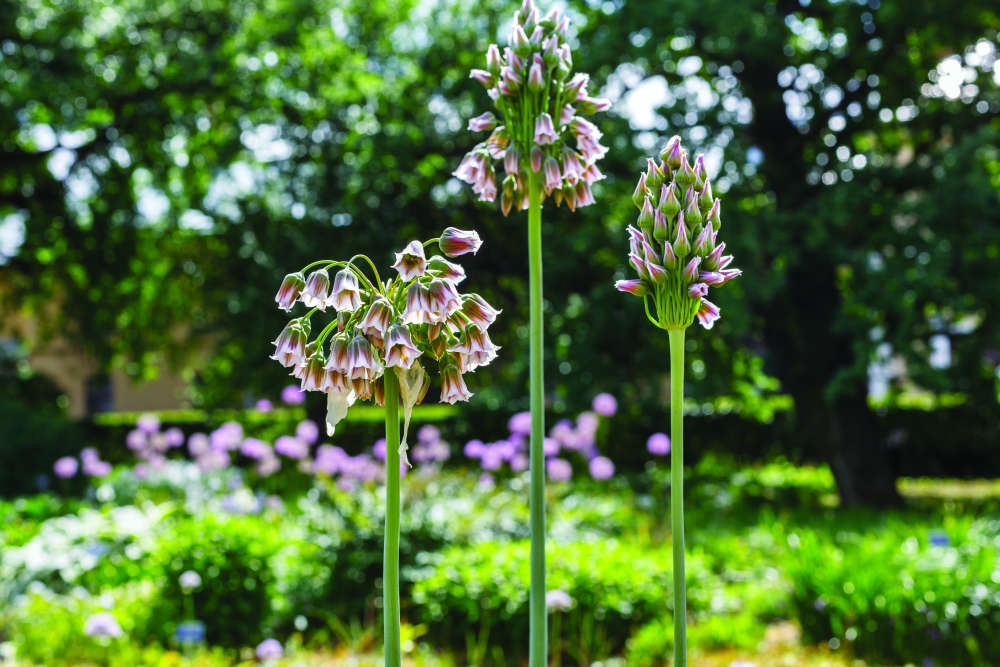
Easy-going and beloved by bees – now’s the perfect time to plant allium bulbs for a spectacular display next year. Flo Whitaker picks some of her favourites...
Providing they have well-drained soil and a sunny location; alliums will thrive on neglect. Flowering from mid-May, through June and July, they help fill the difficult gardening gap between the tail end of spring and the start of summer. ‘Purple Sensation’, (90cm) is deservedly one of the most popular varieties, with fat heads and sturdy, wind-resistant stems. Sphaerocephalon – a horrid name, but terrific plant, bears curious drumstick-like flowers and reaches 70cm.
‘Schubertii’, (60cm) is a real show-stopper, with a firework explosion of tiny lilac stars.
Most alliums come in purple/mauve shades, but some offer different colourways. Allium moly is a tough little species form, (20-30cm), copes with ultra-dry soils and bears golden yellow flowers. When happy, it will self-seed and make a long-lived colony.
For white blooms, ‘Mount Everest’ has huge, densely packed snowball heads that reach 1.2 metres or more. ‘Graceful Beauty’ (30cm) produces elegant flowers with pretty violet-coloured stamens. A. nigrum (50cm) has creamy-white blooms. It’s a super-tough performer and will grow through rough grass and prairie-style plantings.
If pink’s your thing, try ‘Pink Jewel’, (70cm) with its compact, densely packed heads. A. roseum, (30cm) sometimes sold as ‘Rosy Garlic’ is a lovely species form that produces flowers in a random selection of pink shades; some pale – some dark. Like A. moly, its seedlings will charmingly drift through a border.
The astonishing flowers of A. caeruleum, (60cm) are a proper ‘true blue’, which is quite a rarity in the plant world. It looks particularly good when planted in seaside/gravel gardens.
Alliums are sun-worshippers, but there’s always exceptions to family traits. A. siculum, (90cm) enjoys light shade. The flowers resemble an illustration from a fairy story book; nodding pagoda bells in claret and cream, arranged in candelabra-style. As the flowerheads fade, they dry themselves into crazy shuttlecock shapes.
Alliums produce foliage long before their flowers appear. This can result in old, raggedy leaves spoiling the scene just as flowering commences. However, they won’t object to the judicial removal of tatty foliage if it offends the eye. Tired leaves of taller varieties can be masked by planting companions with good foliage, such as herbaceous geraniums, euphorbias, geums and alchemilla.
As members of the onion family, alliums have a distinctive aroma, but you won’t notice this in a garden setting, so don’t be put off as they make fantastic border plants and superb cut flowers. The dried seed heads are perfect for decorating Christmas wreaths and garlands. When using in fresh flower arrangements, cut the alliums well in advance and leave them standing in water overnight in a cool outdoor place before bringing indoors. This will give sufficient time for the unwelcome ‘scent’ to disappear.

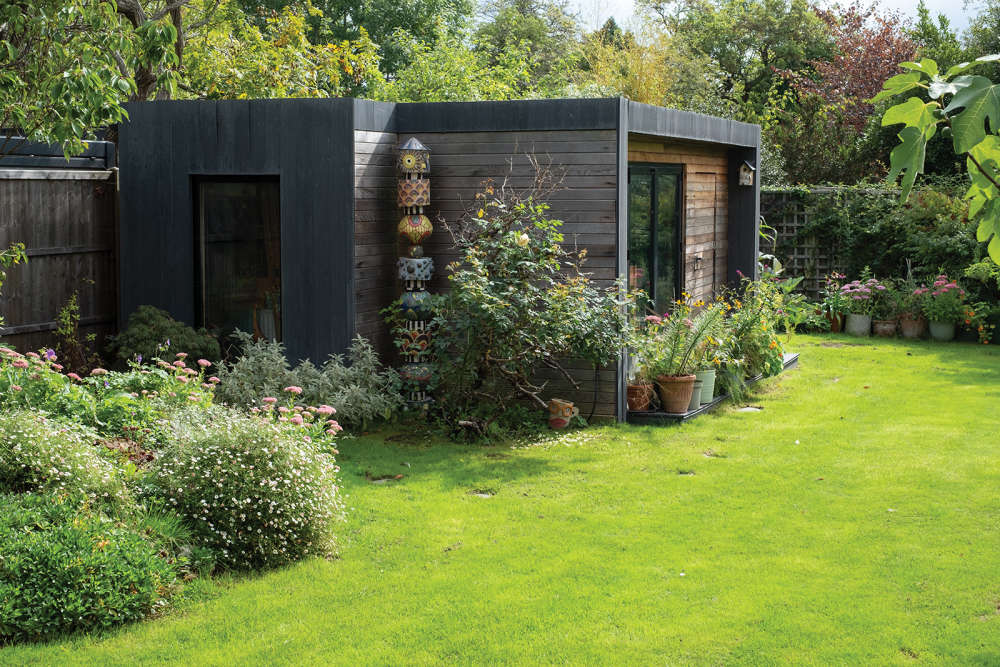 Homes Extra: Shed Space
Homes Extra: Shed Space
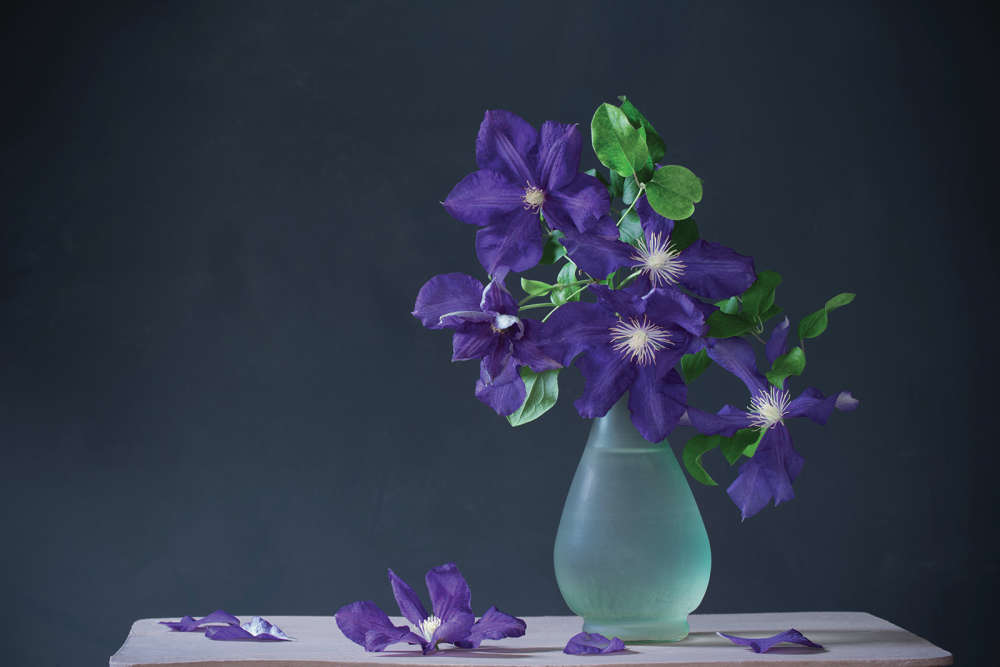 Gardening: Choose a Clematis for Every Month of the Year
Gardening: Choose a Clematis for Every Month of the Year
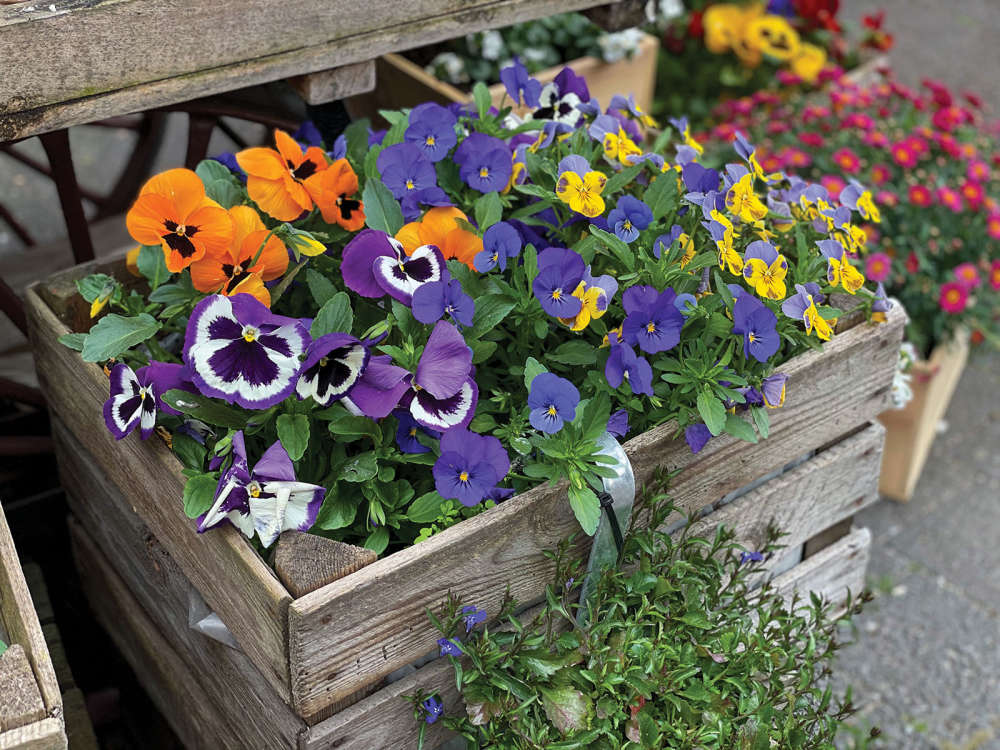 Blooming Times: Top of the Pots
Blooming Times: Top of the Pots
 Kids Zone: Get the Kids Growing
Kids Zone: Get the Kids Growing
 Blooming Times: Wisteria Hysteria
Blooming Times: Wisteria Hysteria
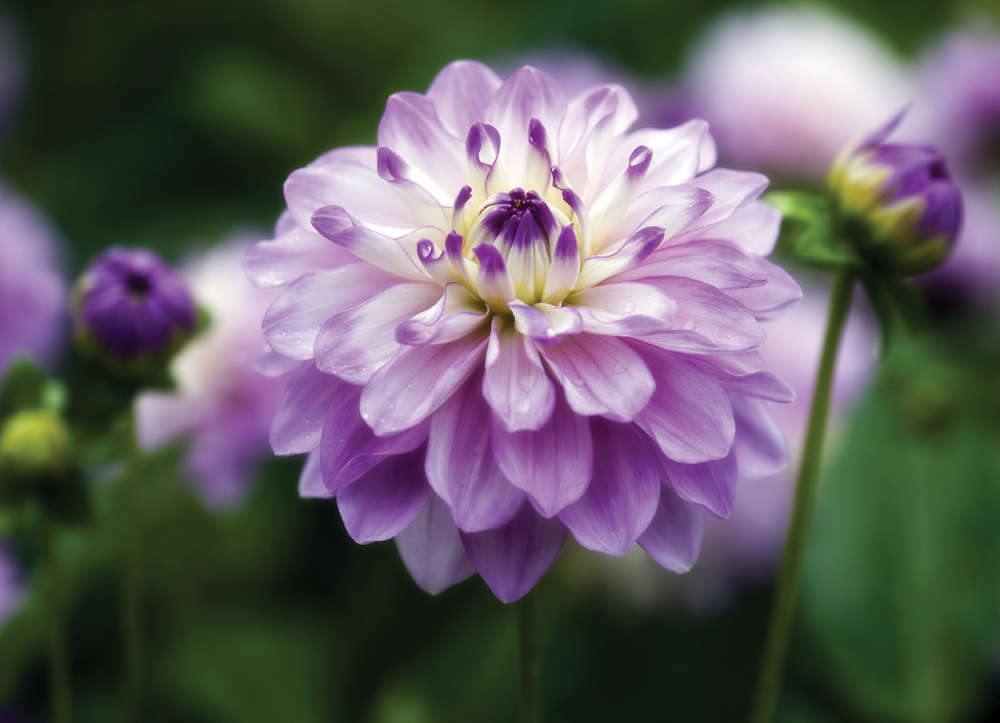 Blooming Times: Dahlia Mania
Blooming Times: Dahlia Mania
 How to Create 3D Walls in Your Home
How to Create 3D Walls in Your Home
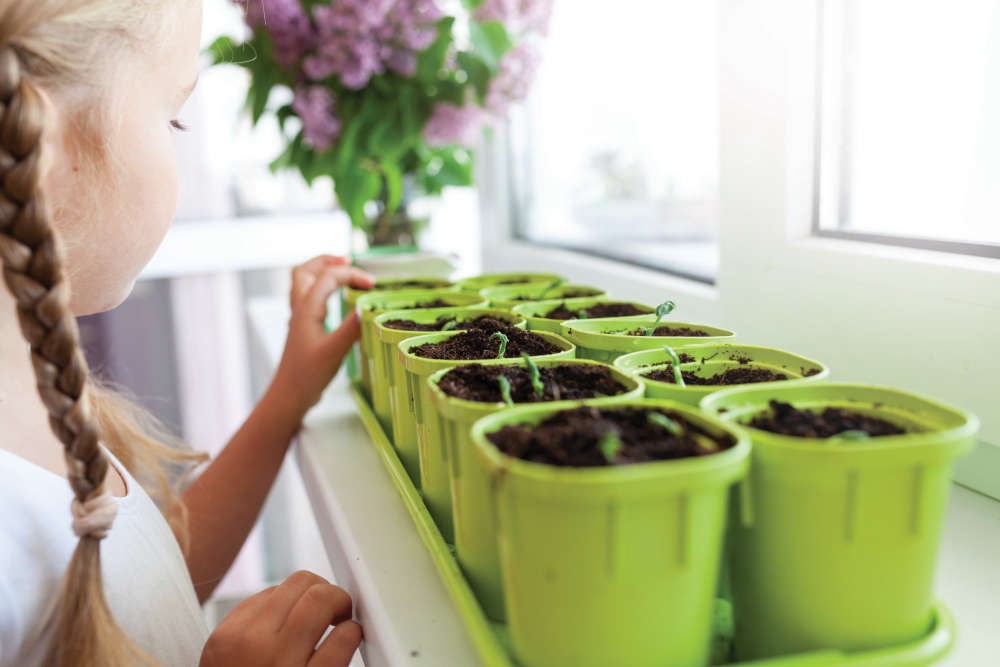 Blooming Times: Spring Fever
Blooming Times: Spring Fever
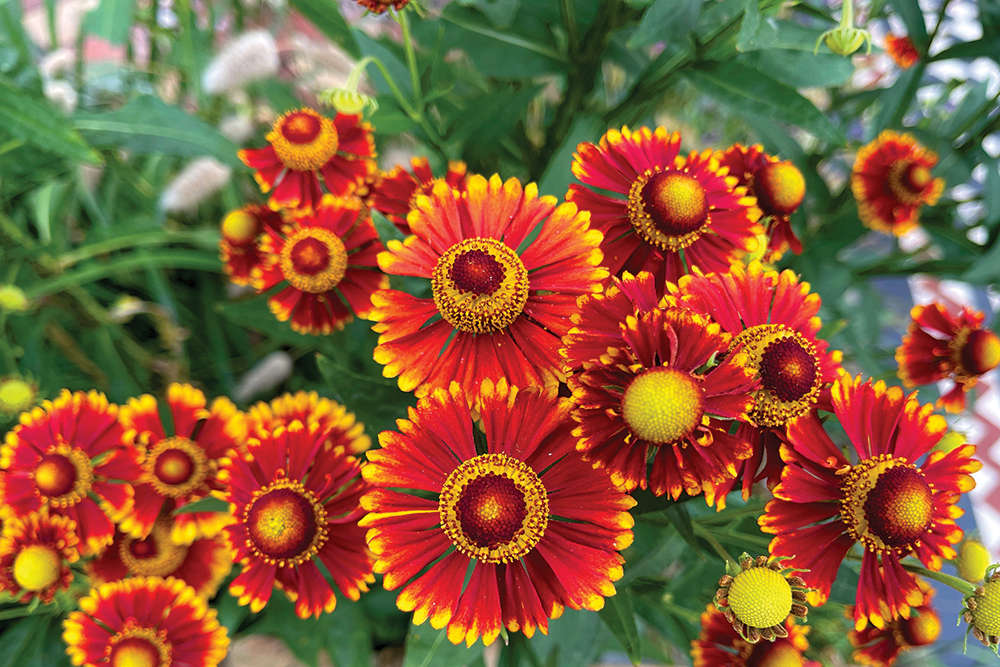 Blooming Times: What's in a Name?
Blooming Times: What's in a Name?
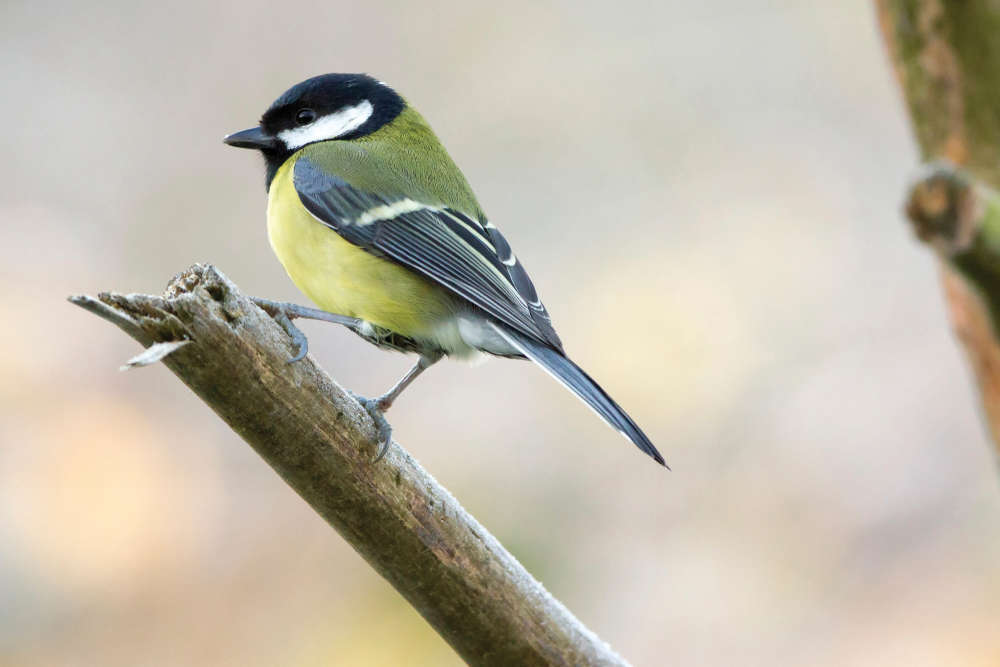 Top 10 Garden Birds to Spot on the Isle of Wight
Top 10 Garden Birds to Spot on the Isle of Wight
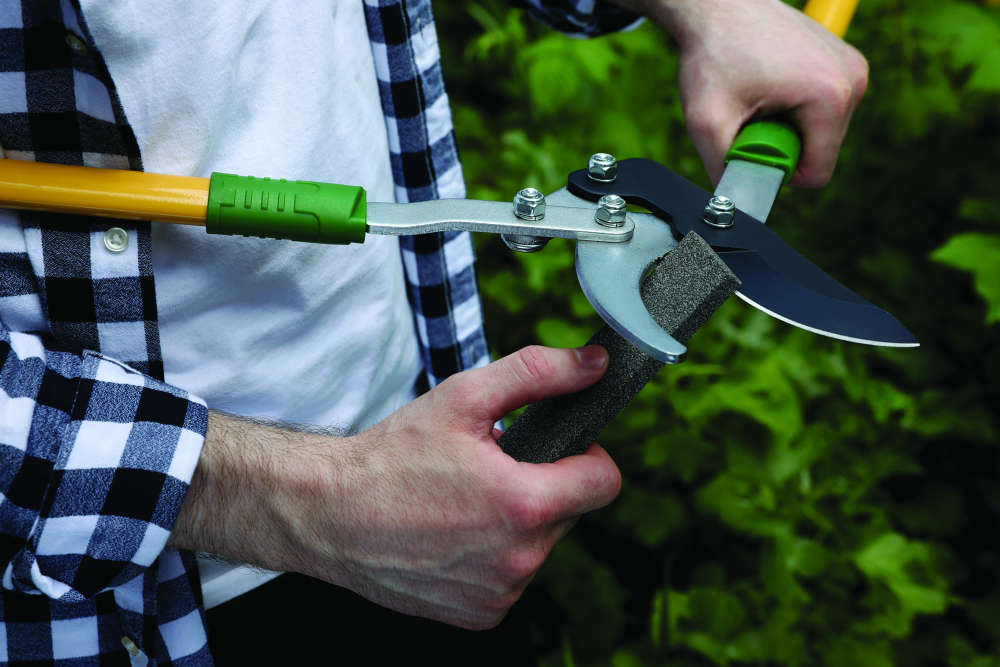 The Best Christmas Gifts for Gardeners
The Best Christmas Gifts for Gardeners
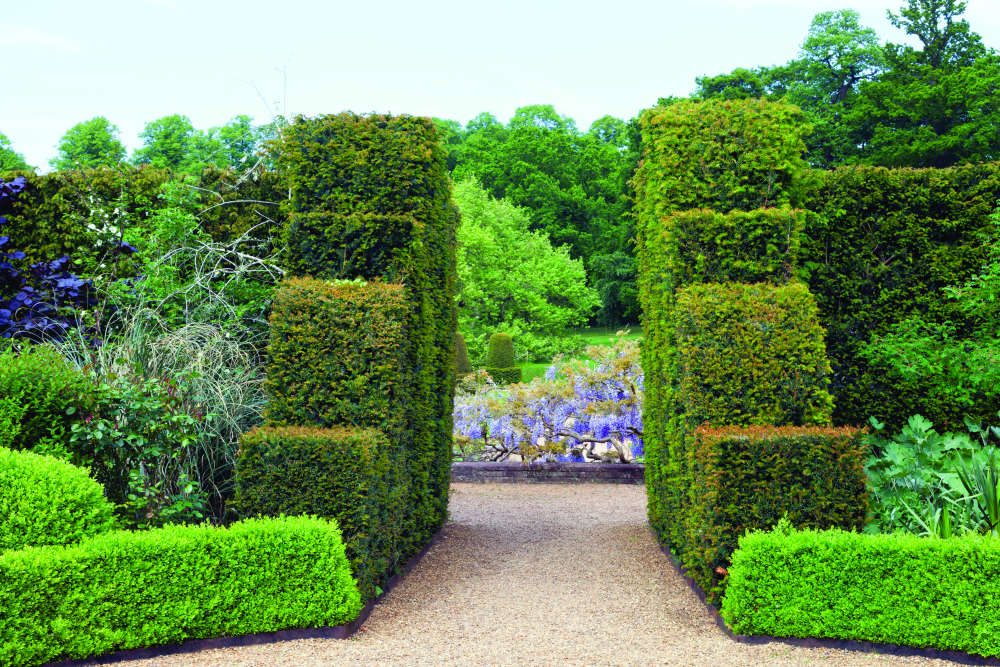 Gardening: The Benefits of Hedges
Gardening: The Benefits of Hedges
 How to Create a Happy Home Workspace
How to Create a Happy Home Workspace
 Gardening Facts or Fictions?!
Gardening Facts or Fictions?!
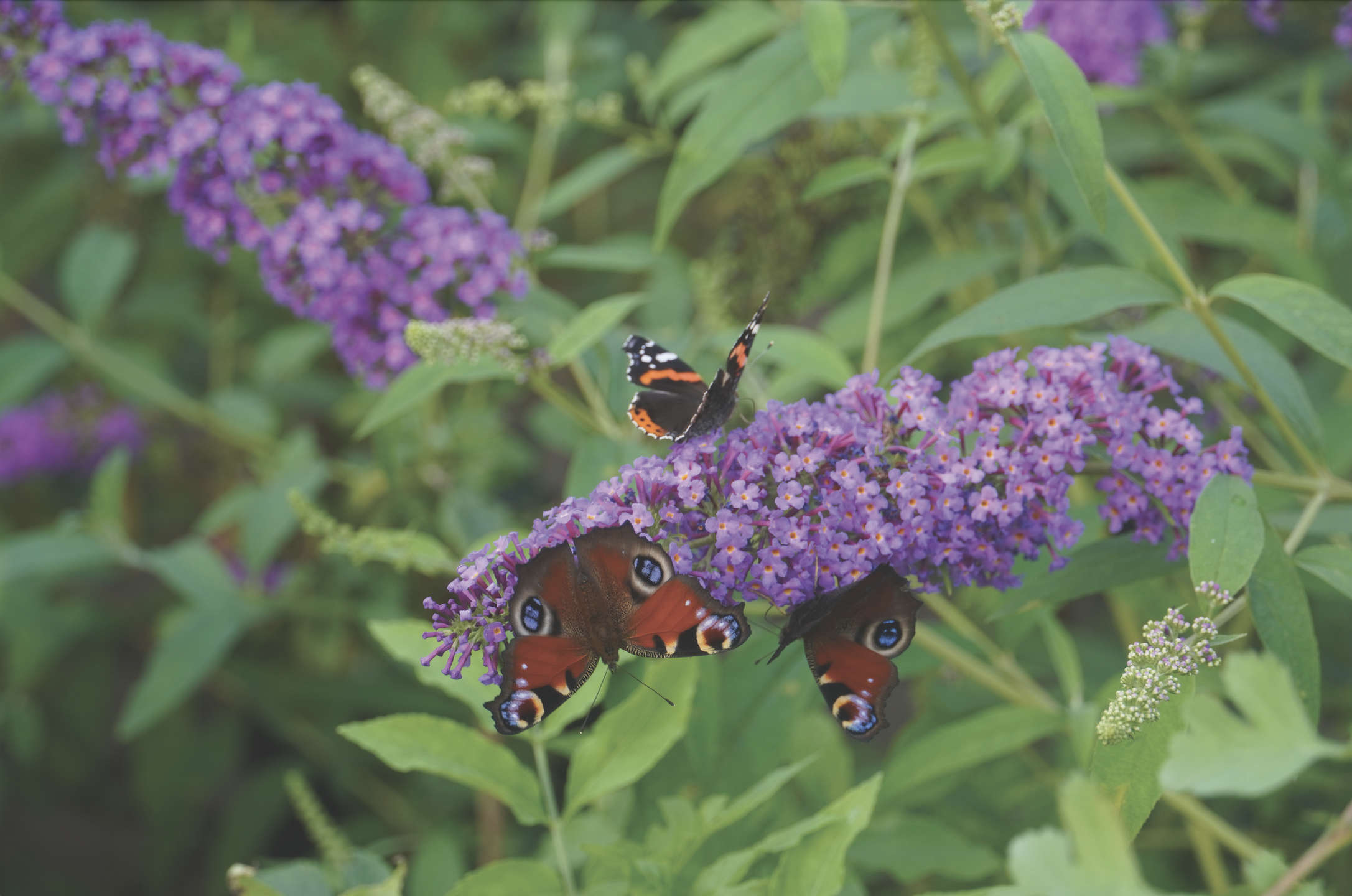 Fill The Gaps in Your Garden With Stunning Shrubs
Fill The Gaps in Your Garden With Stunning Shrubs
 Summer in the Garden: The Alan Titchmarsh Column
Summer in the Garden: The Alan Titchmarsh Column
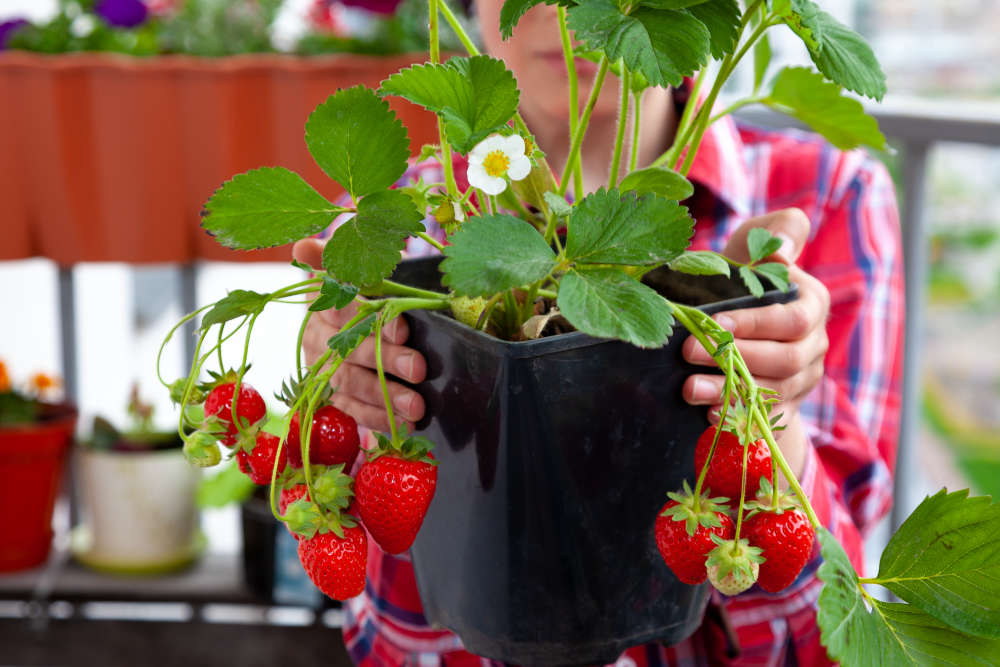 Grow Your Own Strawberries
Grow Your Own Strawberries
 How to Make a Garden Sofa Out of Pallets
How to Make a Garden Sofa Out of Pallets
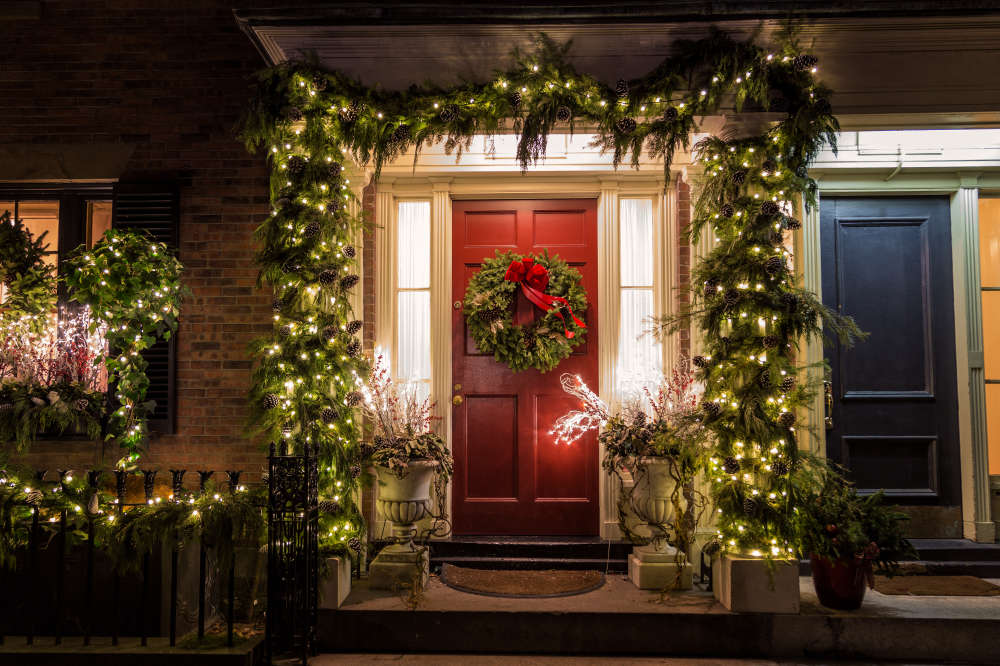 How to Create a Festive Garden
How to Create a Festive Garden
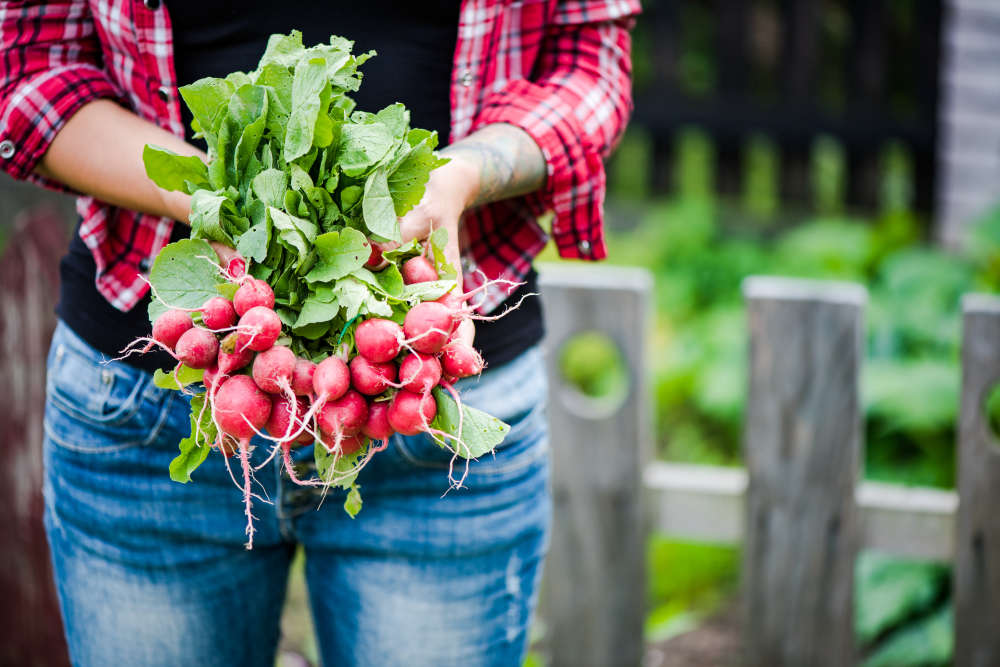 How to Grow Incredible Edibles
How to Grow Incredible Edibles